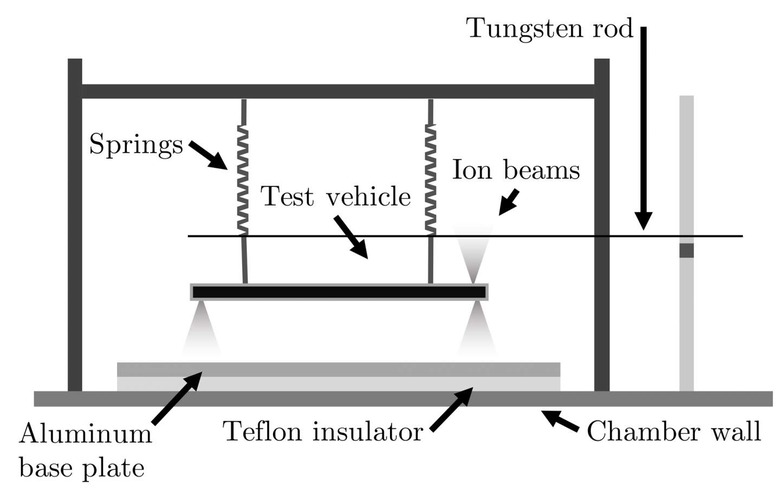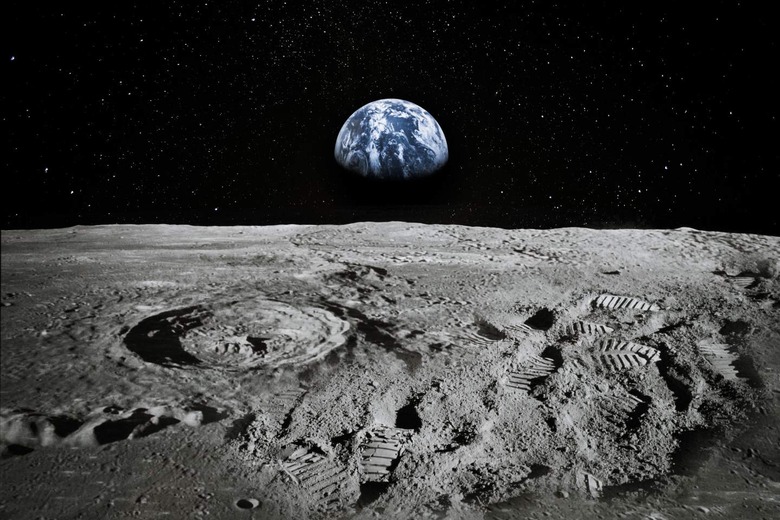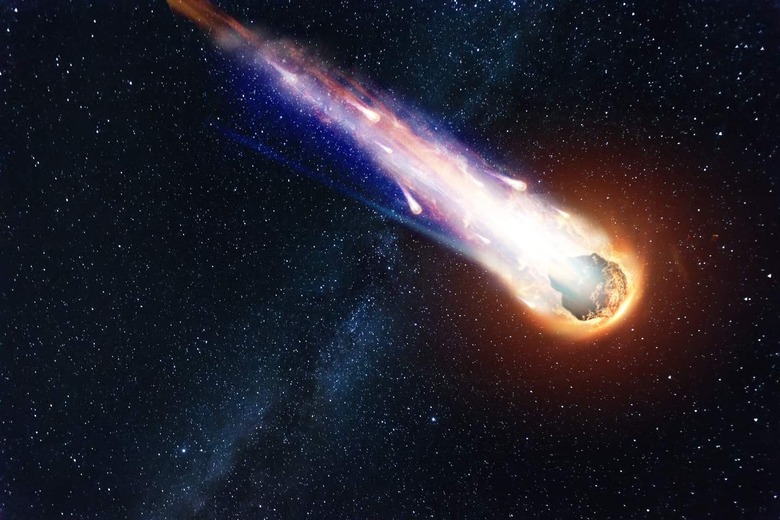This "Flying Saucer" Could Give Future Moon Missions A Birds-Eye View
The Massachusetts Institute of Technology (MIT) has shared that some of its engineers are working on a new concept: A flying saucer that could one day explore the moon, some asteroids, and other airless surfaces. According to the report from the MIT News Office, the flying saucer would harness the natural charge of the moon in order to levitate above the ground. Further research into the topic could bring great benefits, as being able to explore the moon and various asteroids without worrying about the state of the surface may be much safer for the rover.
Image: Courtesy of the researchers at MIT
MIT's concept may be made possible thanks to several factors, such as the lack of an atmosphere on the moon and other airless bodies. Due to being exposed to the sun, as well as surrounding plasma, the moon and asteroids are able to build up an electric field. It's thanks to this electric field that MIT's hovering rover may be able to function.
The surface charge of the moon is powerful enough to levitate dust over 1 meter above the ground. The MIT report compares this to the way static can cause your hair to stand on end. MIT's engineers are not the first ones to consider harnessing the static charge of the moon — the idea was first explored by NASA.
How would MIT's "flying saucer" work?
NASA's idea was slightly different than the concept MIT engineers are currently exploring. It involved using a levitating glider with Mylar wings. As Mylar has the same charge as the surface of the moon, the scientists believe that the two materials would repel each other, allowing the glider to levitate. Although the concept was good, there was one major flaw in it: It would only work with smaller asteroids, thus greatly limiting the use of the glider. Large planetary bodies create a much stronger gravitational pull that would render the Mylar glider useless, as it would not be able to levitate under such conditions.
MIT's so-called flying saucer works around those limitations. The plan is to use ionic force in order to levitate an up to 2-pound vehicle on the moon and large asteroids. By using small ion thrusters that MIT refers to as "ionic-liquid ion sources", the vehicle would gain extra levitating power. The ion beams would charge up the flying disk while also enhancing the natural static charge of the surface.
The engineers involved in the project ran calculations to check whether this model could potentially work. Adding extra thrusters that would beam out positive ions might be just the thing to make the rover levitate off the ground even on larger planetary surfaces, such as the Psyche asteroid. This would require a 10-kilovolt ion source, while hovering above the surface of the moon would require at least a 50-kilovolt source.
Research has proven that the "flying saucer" could be realistic
The team of engineers, consisting of Oliver Jia-Richards, Paulo Lozano, and Sebastian Hampl, attempted to simulate a real-world scenario and tested their concept in Lozano's lab. In order to see whether their calculations check out, they manufactured a hexagon-shaped test vehicle. It was really small, weighing just 60 grams, but the engineers attempted to create a semi-faithful replica of the flying disk they've been working on.
The hexagonal vehicle had one ion thruster pointing upwards and four pointing down. Once created, it was placed inside a vacuum chamber, over an aluminum surface. It was suspended over the surface through the use of two calibrated springs alongside a tungsten rod.

The testing involved applying various voltages to the tiny vehicle's thrusters and then measuring the resulting forces. MIT's engineers were generally happy with the results: It seems that their initial scenario of using a hovering rover on the moon and large asteroids could prove to be realistic.
MIT's researchers believe that there are real benefits to the study. Being able to navigate rocky surfaces without risking damage to the vehicle could one day revolutionize the exploration of asteroids and the moon.


